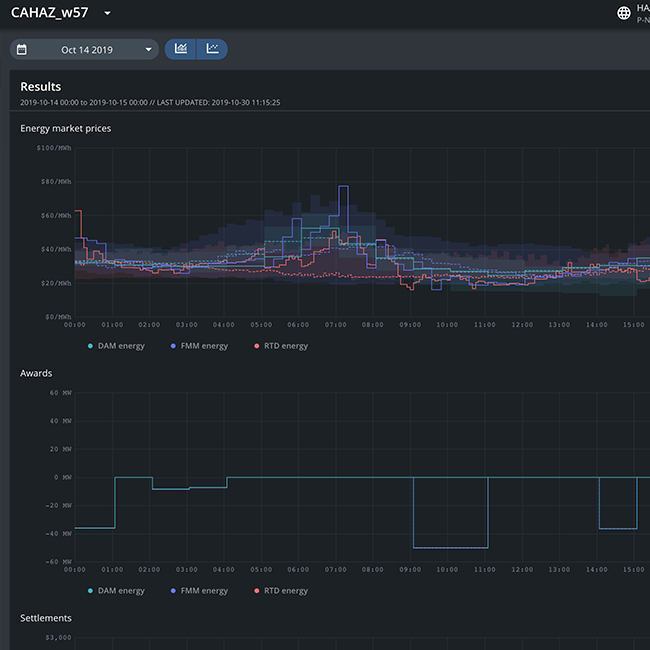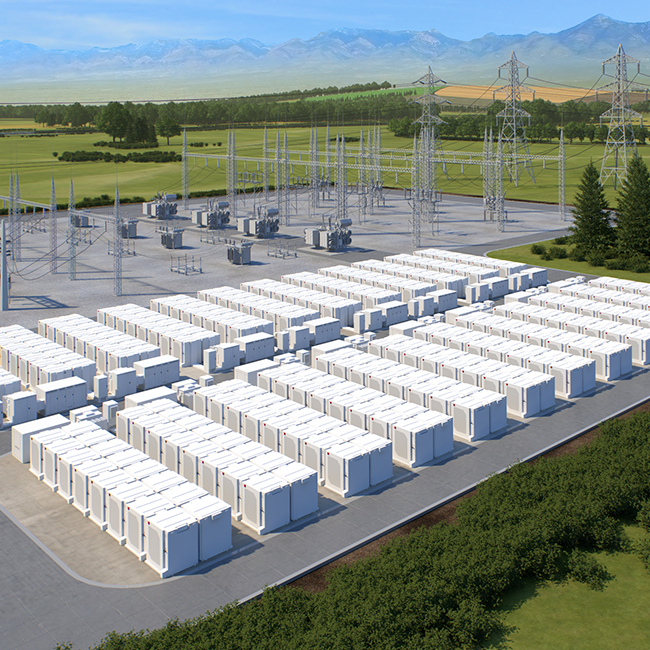There is an urgent need to rethink the structure of the European energy system. The current geopolitical situation across the continent, combined with high dependency on imported natural gas, growing electricity demand, and consequently, higher bills for households and businesses needs the immediate attention of policymakers.
The REPowerEU Plan, published in May by the European Commission, aims to increase the security of energy supply by building and connecting more renewable generation to the grid. It includes increasing the target of energy generated from renewable sources to 45 per cent by 2030, up from 40 per cent compared to last year’s targets. This would bring Europe’s renewable energy generation to 1,236 GW by 2030, including the installation of 320 GW of new solar PV by 2025. As a direct result of REPowerEU, the cumulative solar capacity will surpass electricity demand in several European countries by the middle of this decade.

Source: Data adapted from range of sources including IHS Markit/S&P Global, BNEF, WoodMac.,
and Data includes some markets outside of the EU such as the UK
The Impact of REPowerEU on Energy Storage
This unprecedented acceleration in renewable build-out will result in new challenges for the integration of this additional capacity. Based on the REPowerEU package, market analysts forecast energy storage deployment to double in Europe between 2022-2030. The primary driver behind this is the need for energy storage to provide the flexibility necessary to integrate the increasing levels of renewable generation.
The Need for Targeted Policy for Flexibility Assets
The current European energy policies fail to create a market environment to support the rapid large-scale deployment of new storage projects. For the REPowerEU plan to be successful, it must be accompanied by adequate targets and policy frameworks for the deployment of energy storage and other flexibility technologies. Such frameworks are necessary to enable the safe and efficient integration of renewables into the electric grid, and now is the time to recognise them as pillars of the European energy transition.
Failing to prepare for the build out of flexibility technologies and grid infrastructure to match the pace of the roll out of renewables will result in increasing congestion on power grids, curtailment of renewable generation, continued CO2 emissions from the power sector, and increased cost to consumers.
In this white paper, we outline policy proposals that will create a market environment with stronger investment certainty for flexibility assets to foster the integration of renewables and decarbonise the power sector.
Proposal 1Reforming and decarbonising the capacity mechanisms by
|
Proposal 2Incentivising flexible and low-carbon Peaking Capacity by
|
Want to keep reading?

















